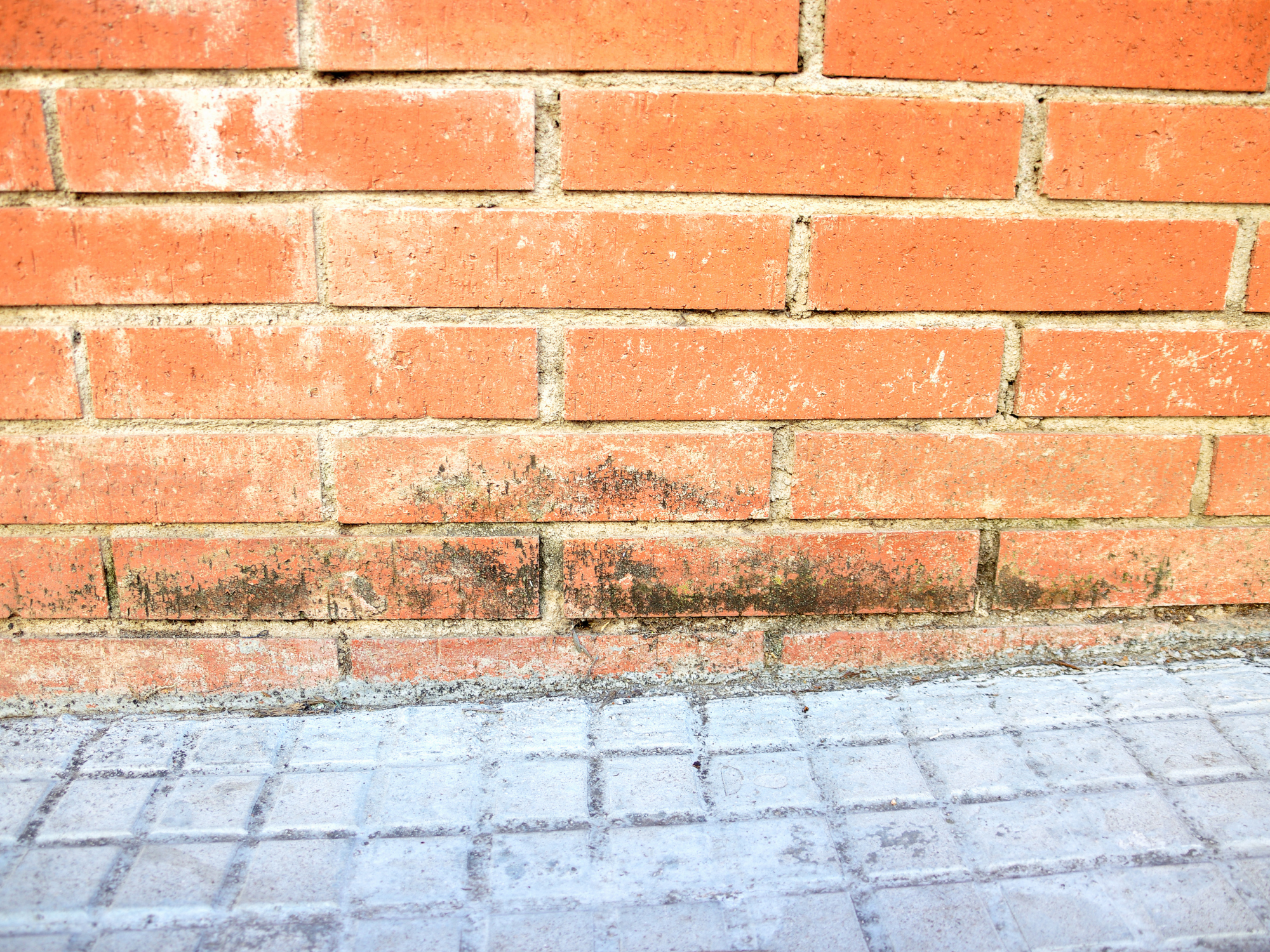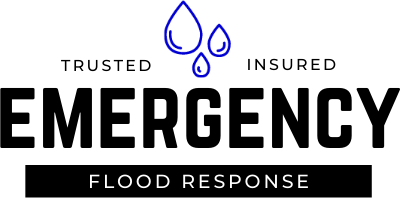There are many potential sources of water damage both inside and outside the house. Any leaks can drive up your water bill, damage the structure, lead to hazardous mould growth, or turn into outright floods. When your internal alarm starts to sound, use these tips to check for water damage in your home!
Check Around All Your Appliances
Look at and around the water heater, washing machine, dishwasher, garbage disposal, refrigerator, and A/C unit. Don’t clear any appliance until you’ve checked it! Carefully examine them for worn hoses, leaks around water supplies, and faulty pipe connections – and don’t forget to look at the interior.
Shine A Light On Your Pipes
In many cases, the lighting hinders your ability to detect water damage. Some of the common spots for leaks – crawl spaces, under sinks, and in the attic – might have weak or no lights, hiding the problem. Take a flashlight and inspect the pipes under sinks and behind toilets. Hidden water damage will show up as corrosion around loose connections.
Use Your Nose
One of the best tools you could use to detect water damage is a free one: your nose. Damp walls, floors and carpets give off a stale, rotten odour that’s hard to miss. Follow your nose to determine the source of the smell.
Feel Around Window & Door Trim
 Leaks and water damage are common around windows. You can check by running your hand over and around the trim. It may be dry to the touch, but regular exposure to water compromises the wood. If it crumbles or peels, surrounding materials are probably affected too.
Leaks and water damage are common around windows. You can check by running your hand over and around the trim. It may be dry to the touch, but regular exposure to water compromises the wood. If it crumbles or peels, surrounding materials are probably affected too.
Examine Walls & Use A Moisture Detector
Pay close attention to the condition of your drywall. What looks like a dirty spot could be a stain caused by a leaky pipe. Look for signs like blistered paint, peeling wallpaper, hairline cracks, and bulges in the drywall. Check the ceiling, too – a clogged AC drip pan or attic leak could be causing stains and damage here. Water damage behind the walls isn’t always visible, however. If you have some of the other signs of water damage – e.g. soaring water bills, high humidity, or the smell of mildew – but can’t see anything, there might be a leak behind the walls. Take a moisture detector around your basement’s interior if you’re uncertain.
Inspect Your Home’s Exterior Around The Foundation
 If you detect water behind the basement walls or on the concrete floor, a weakness in the foundation is the likely cause. Walk around the exterior of your house and take a close look at where the walls meet the ground. Water pooling at the foot of the walls could be seeping through the soil entering your basement through cracks in the foundation. You can also spot signs of an interior plumbing leak, such as crumbling concrete. If you notice the effects of water damage in your home in the GTA, call a restoration specialist from Emergency Flood Response. We can remediate the issue before it becomes a structure-wide problem – or worse, hazardous to your health.
If you detect water behind the basement walls or on the concrete floor, a weakness in the foundation is the likely cause. Walk around the exterior of your house and take a close look at where the walls meet the ground. Water pooling at the foot of the walls could be seeping through the soil entering your basement through cracks in the foundation. You can also spot signs of an interior plumbing leak, such as crumbling concrete. If you notice the effects of water damage in your home in the GTA, call a restoration specialist from Emergency Flood Response. We can remediate the issue before it becomes a structure-wide problem – or worse, hazardous to your health.

